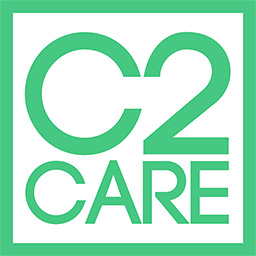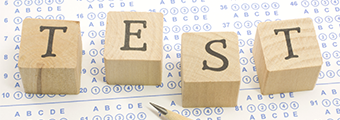What is the fear of closed spaces?
Claustrophobia is characterised by a pathological fear of being locked up in confined spaces, enclosed areas, small rooms without being able to escape. On average, 4 to 5% of individuals in the general population suffer from claustrophobia. This phobia considerably limits your freedom of action because you find it impossible to shop at the supermarket, to take public transport (especially the metro) and you are frequently scared to death of taking the lift. It is therefore a specific phobia because the object of the fear is targeted at easily identifiable objects. However, there are therapies that allow you to overcome this phobia and to learn how to overcome it!

The level of anxiety experienced from one claustrophobic person to another can vary
Many of you are already familiar with relaxation and breathing techniques that go a long way to alleviating the unpleasant physical sensations of the phobia and overcoming your fear. However, many claustrophobics fail to use these techniques or are not aware of them and opt instead for avoidance strategies. You may prefer to take the stairs rather than the lift, the car rather than means of transport from which you cannot escape (such as the metro, the train or the plane…). These are the situations most frequently mentioned when talking about this phobia, but it concerns more widely all circumstances where you may find yourself locked in. In addition, some medical places can be avoided but can have important consequences on your health, such as avoiding an MRI examination. However, some situations cannot be avoided. Toilets can also be anxiety-provoking for you and are difficult to avoid.
When you are faced with your phobia, you will have classic symptoms such as increased heart rate and breathing, dizziness, sweating, shaky legs, etc. But complications can arise, and it is important to be aware of them. But complications may arise, you may faint, scream or be afraid of losing control of the situation. You don’t have to wait until you reach this stage to consider a consultation, many solutions exist…!
Anxiety and panic
In claustrophobia, anxiety and panic are triggered when you are confronted with a fearful situation or the phobogenic object. Symptoms may occur just before or immediately during this confrontation. The closer you get to the phobic situation, the more intense the symptoms (increased breathing, sweaty hands, trembling legs, etc.) become. Conversely, the further away you are from it, the better you feel. But if you can’t get away from it, you will develop what is called “anticipatory anxiety“. This means that the mental rumination becomes obsessive: “What will happen if I can’t get out? “What will I do on this train journey? “What if an accident happens? These questions run through your head without you ever getting an answer. These are usually extreme and catastrophic scenarios that are imagined, but often these events are very poorly predicted and the chances of them actually happening as expected are extremely low. This is because anticipatory anxiety is so unpleasant to experience that you spend a lot of your energy avoiding such situations, even though you are aware of the exaggerated nature of your anxiety.
The different forms of fear of enclosed spaces
Claustrophobia can occur in its simple or complex form.
The simple form
In the first form, fear acts as a reflex when you are exposed to what is distressing you. You are unable to express what blocks you and what makes you feel bad.
The complex form
In contrast, the complex form of claustrophobia is characterised by the fact that you are able to plan situations. In this way, you do not have to expose yourself to your difficulties. This is a social phobia or agoraphobia because you constantly ruminate on the anxiety-provoking situations you will have to face: “What if I have a panic attack? What if I faint? What if no one comes to help me?”
Claustrophobia yes, but not only
In claustrophobia, as in most so-called specific phobias, sufferers will often have other associated disorders. About 1 in 5 specific phobias is not associated with another disorder, which means that 4 in 5 specific phobias are associated with other disorders.
If you suffer from claustrophobia, you may find that you also suffer from one or more other anxiety disorders. It is not uncommon that in addition to a specific phobia, one ends up developing social phobia, agoraphobia, generalized anxiety or panic disorder.
Major depressive episodes related to the phobia and excessive consumption of various substances such as alcohol can also be observed.


